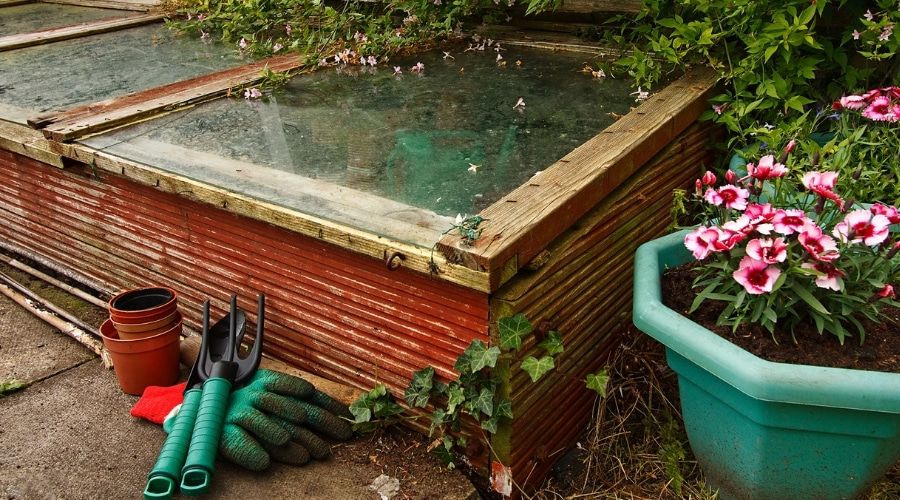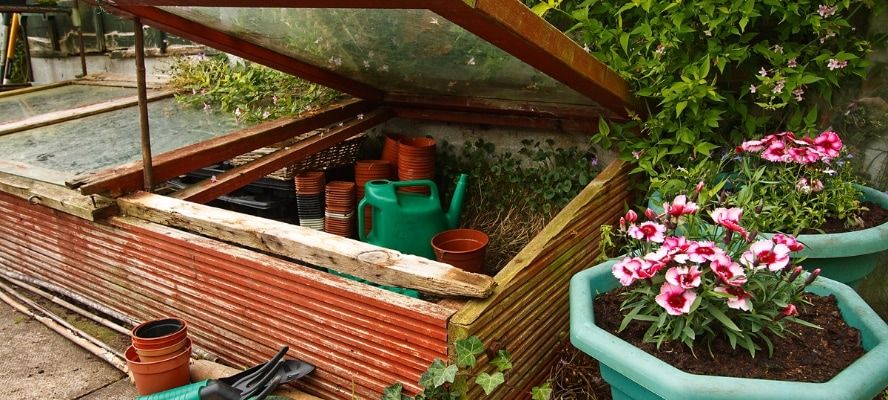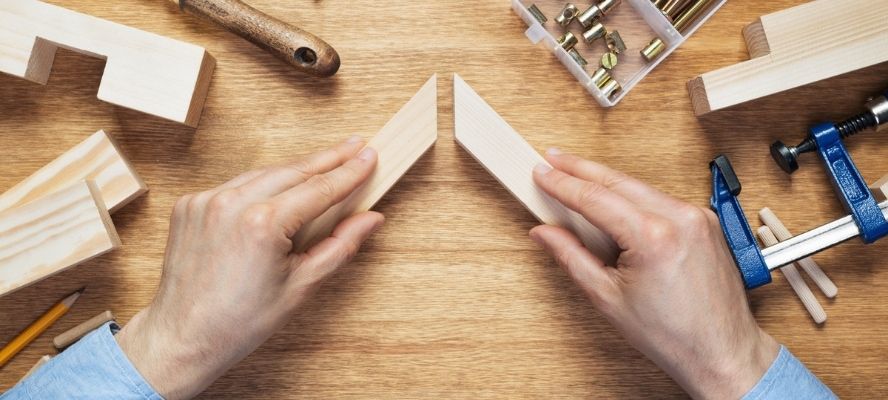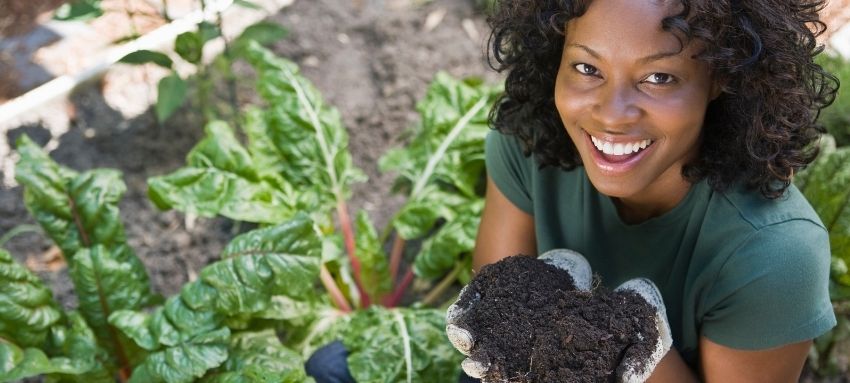Any gardener can tell you, whether experienced or a newbie, that one of the biggest stressors in caring for plants is making sure they survive! It’s not as simple as planting seeds and watering them to watch them grow to maturity. It takes a lot of work, dedication, and care. One of the best ways to ensure your plants will grow, especially in cooler weather, is by adding a cold frame. What is a cold frame? It may just be all the difference between your plants grow up to be tall, healthy plants or having seedlings who don’t end up growing to maturity.
Keep reading for more information on cold frames, how they could potentially help your plants grow to their fullest and keep you from getting stressed with worry, and how they are different than a greenhouse. An extra bonus – cold frames are super easy to build, so if you’re looking to save some money, this would be a great idea for you and your plants.
Cold Frames
A cold frame is a transparent roofed enclosure used to house and protect plants from predators, such as rabbits, moles and insects, inclement weather and the sun. If you have young seedlings or more delicate plants, these are the perfect way to protect all your plant life without worry. Cold frames are essentially like mini shed greenhouses that are built low to the ground and have a transparent top. The transparent tops to these garden structures help keep the warmth from the sunlight in.
Cold frames are used often in gardening and in agriculture to protect crops and ensure a healthy harvest. These are ideal when the outside conditions are typically cold or wet. The transparent top helps to absorb all the sun’s heat and sort of traps it inside as a way of convection to keep the heat in for the plants. This function makes the cold frame act as a mini greenhouse and also helps extend the growing period. This is especially beneficial for plants that have a very limited growing season.
History in the Making
Cold Frames were often used in conjunction with greenhouses, especially if space didn’t allow for a larger greenhouse. Cold frames were customarily smaller than a greenhouse, but a perfect place to keep seedlings until the plants could be hardened off. Typically, what started in a greenhouse would end up in a cold frame and then put into an actual garden bed. These structures were also always very low to the ground and typically made from wood with a transparent top. It was very common to find cold frames all along the house walls throughout Europe and into America. These were great structures that helped keep crops healthy and ensured a bountiful harvest before the harsh winters.
Construction
Cold frames are a very common structure to find in gardens and anywhere where agriculture is found. It is not uncommon to find these cold frames, sometimes referred to as hot boxes, outside a suburban household or kept within a backyard garden area. Therefore, these structures are quite simple to make and only require very little materials for a basic cold frame. You can either make a cold frame out of materials you more than likely have around your farm or home or buy commercially produced cold frames, which work just as well, but may cost you a little extra money. Some cold frames come equipped with heating systems, but this is a more expensive add-on that isn’t always necessary if you live in a climate that provides adequate sunlight throughout the year.
Standardly, a cold frame is constructed by putting together a solid wooden frame. The frame is typically one to two feet tall, but you can make your cold frame larger or smaller depending on the need. The frame is then filled with potting soil and covered with old glass windows or plastic. You can also use the lining of a tarp, but you should make sure it is transparent before adding it. This way, the sun’s rays can penetrate deep into the soil, creating a hotbed of nutrition and comfort – an environment plants absolutely love.
Most cold frames are sloped to ensure the runoff of water. You could even add a small trough or basin to capture this natural water since it’s beneficial to plants, as well. Rain or condensation water is always better than tap since there is no chlorine or artificial chemicals found within the water. The more natural the better. A hinge is typically built into the cold frame, especially if using hard plastic or glass as a covering, to make it easier to get in and out of the cold frame to access the seedlings or plants.
Benefits
Overall, using a cold frame is a super nifty way to ensure your plants thrive and it’s not a hard project to take on. Ultimately, you’re going to reap the benefits due to your hearty crops and a structure that can be used repeatedly. This is a great way to ensure seedlings become strong and able to be hardened off more easily. This is especially beneficial if you rely on healthy crops as a source of income and/or food for your family. Cold frames have been used for centuries and for very good reasons. It’s no wonder they are still around in modern times and basically have the same sort of construction.
Conclusion
As you can see, it’s not that difficult to create your very own cold frame. Hopefully, even if you’ve never heard of a cold frame before reading this article, you now have a better knowledge of how great these structures are and how much they could help you in the garden. Even if you are starting out, building a cold frame would be beneficial to help you create hearty plants that will provide plenty of fruits and vegetables for a longer growing season. There are also plenty of tutorials online that can aid in the construction of your very own cold frame.




